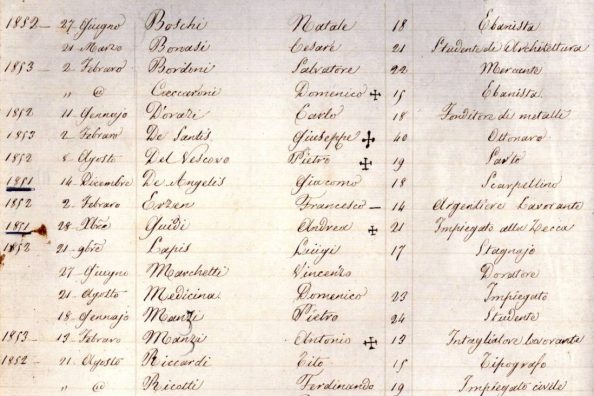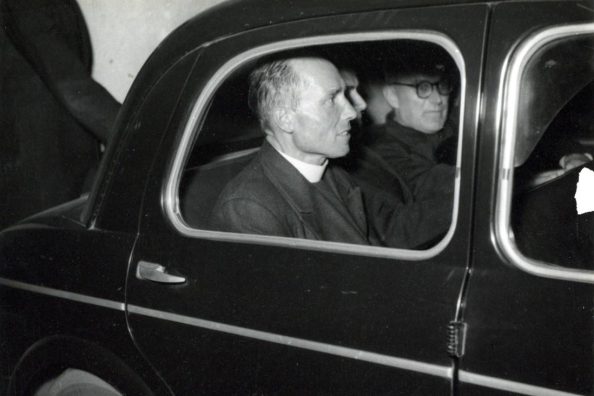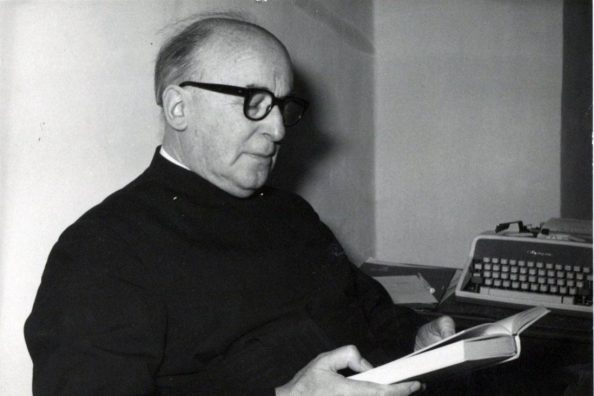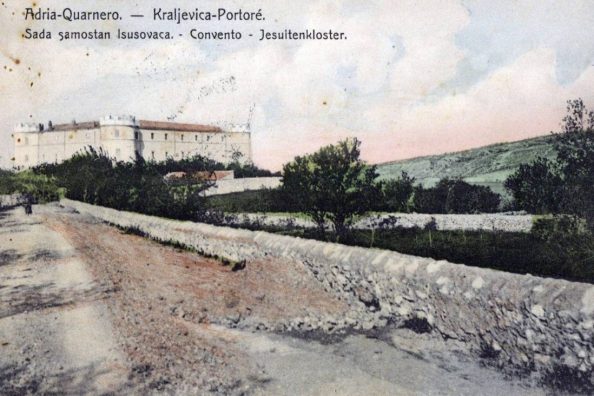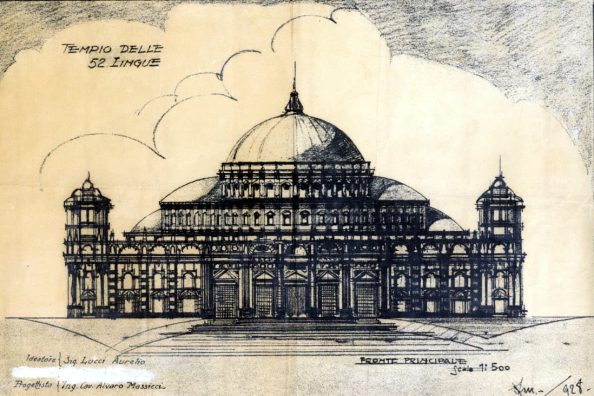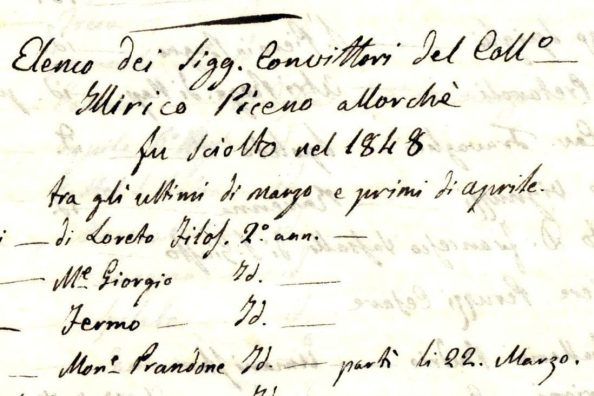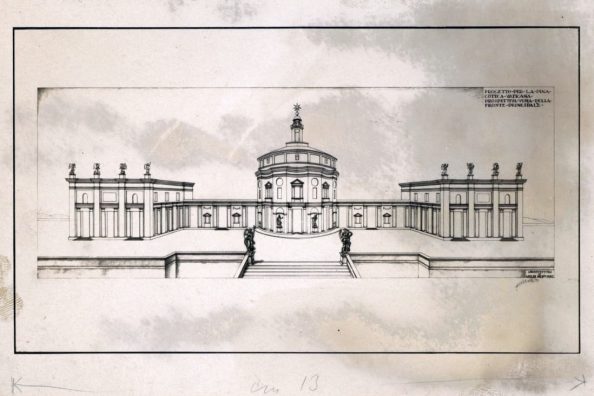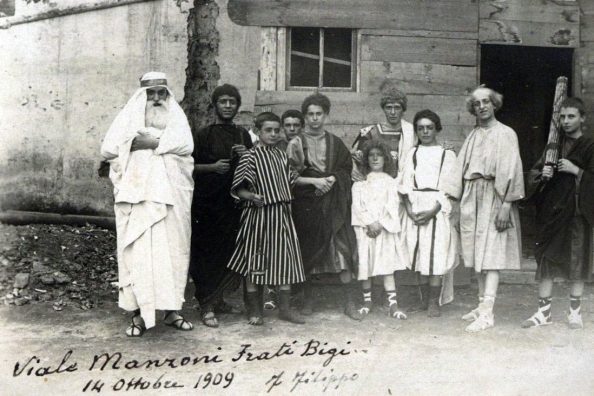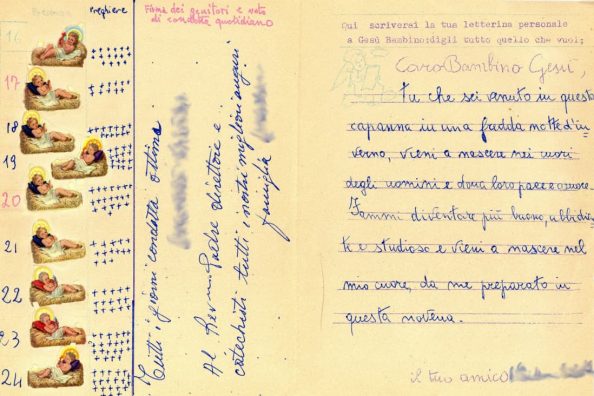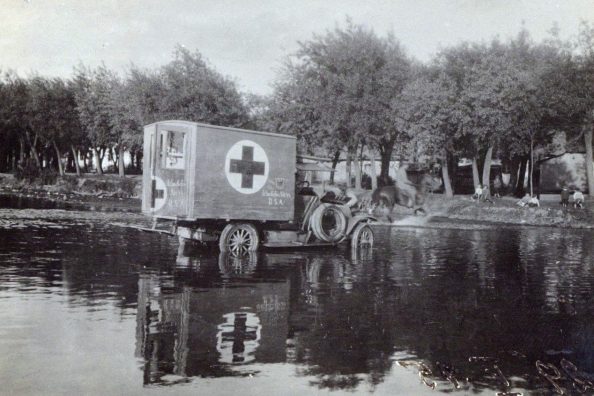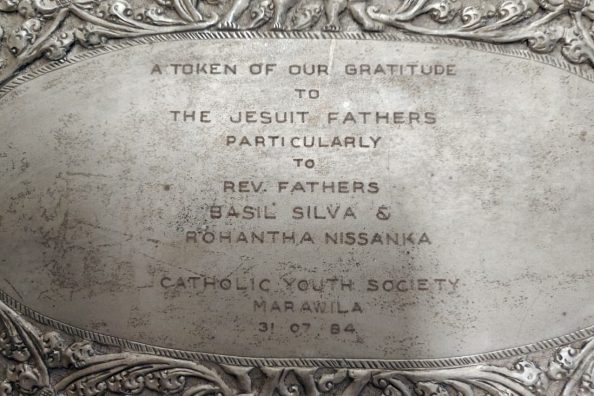Purchasing for the community: the hard life of the house minister

Managing, organising and maintaining a community, these are the constant concerns of the ministerial fathers and bursars of the communities of the Society of Jesus, yesterday as today.
A community not only provides assistance to the faithful, prayer groups, students, men and women religious, but is also made up of individuals with… practical needs.
There are therefore not a few administrative and management issues that every house minister faces on a daily basis.
We have mentioned in previous columns the question of meals, no less than 90 of which are prepared and served in the Novitiate at St Andrew’s, or the thorny matter of heating the residence in Brescia.
Today we go back to the 19th century and virtually enter the Castel Gandolfo residence to discover what the expenses of the house were, and thus the headaches of the Father Minister.
The ledger, or book of household accounts, accompanies us on this journey.
This is an archival unit devoted to the minute recording of the income and expenditure of a given body, family, person, the ancestor of the balance sheet. Usually, in the Old Regime, it corresponded to a large volume – some specimens preserved today in the Vatican Secret Archives or in the State Archives are up to a metre high and weigh several dozen kilograms.
This form of ledger, designed so that this important accounting document could not be easily taken away, fell into disuse during the 19th century, when more agile registers conforming to the new budget system were preferred.
The account ledger of the Castel Gandolfo House, while not imposing in size, has a larger format than normal ledgers and is to all intents and purposes a survivor, since for many houses the account ledger was not preserved.
It should be remembered that the residence at Castel Gandolfo housed the novices of the Roman Province from the 1870s until 1906, since the novitiate at St. Andrew’s at the Quirinal was closed and forfeited after 20 September 1870.
In the residence/novitiate, therefore, there were various needs: useful goods for the fathers but also for the novices.
The purchases are divided between those for food and those for items or services needed in the house and can tell a lot about the life of the Jesuits who lived there.
We report here – in a transcription faithful to the source – the most interesting items, taken precisely from a volume of accounts:
Among the expenses for food are: chicory, milk, coffee, cacio cavallo and pecorino cheese, walnuts, almonds, hazelnuts, chocolate, rice pasta and flour, fish, tomato paste, ice, salt for the kitchen.
Among the objects or materials
petroleum, wafers for the Church, stamped paper, paper for music, sulphur, rushes for tying up seedlings, bottles for the refectory, knob hinges, wood, purple, tobacco, priest’s hats, medicines, wax, moleskin, stamps, wool for mattresses, crucifixes and medals, wheat for the hens.
Among the services: Shoemaking, laundry, tailoring, carriage for transport, denture repair, watch repair, knives and scissors rolled, cleaning of toilet ducts, accommodation of an umbrella and a suitcase.
Among the suppliers: Pizzicagnolo, pollaiuolo, baker of Castello, tailor, dentist, shoemaker, bricklayer, butcher, barber, grocer.
Photographs show the account book of Castel Gandolfo, from 1891 to 1897 from which the information is taken, and the account book of the Orvieto residence, one of the few survivors of this type in our historical archive.
Maria Macchi
